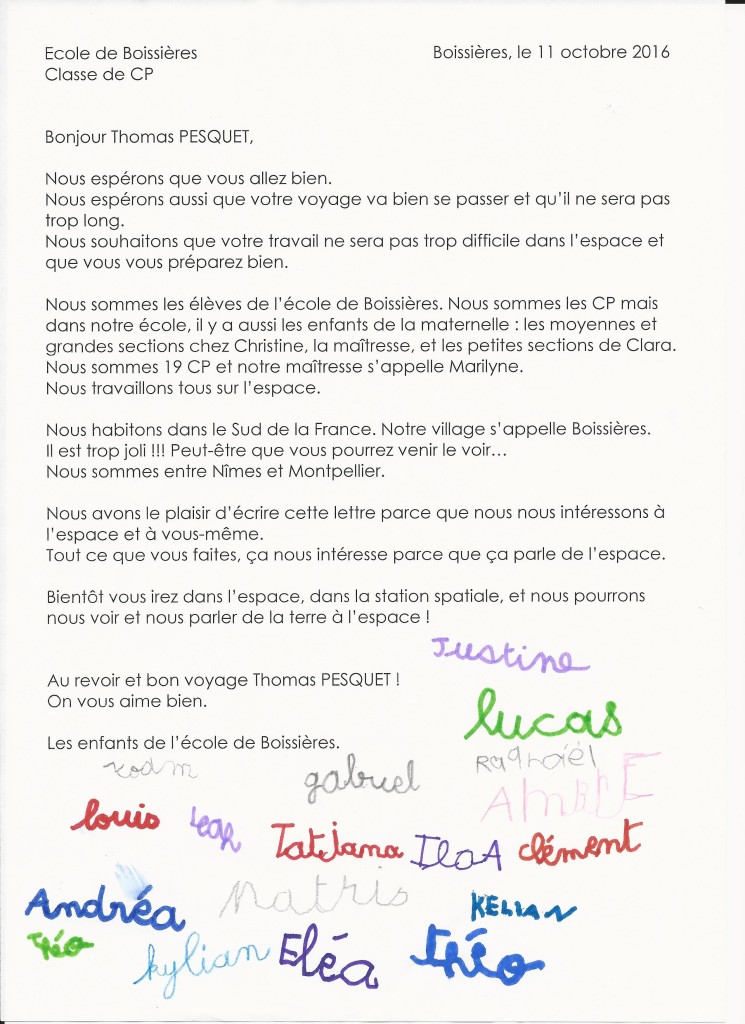
Preschool STEM : the sky and local radio interview !
With the first grade kids of preschool a work on the sky has been set up !
After observing the sky with their family, the teacher asked them to name what they had seen, ranging from the color, to the stars stepping by the moon. Some lucky few kids even had the chance to see shooting stars !
To follow this observation, they decided to realize for each, their little starry sky.
Yes, space is also tackled by simple notions during the first year of preschool ! There is no age to start a passion !



Secondly, as Saint Dionisy pupils, our preschool kids were also interviewed by France Bleu Gard Lozere, they even sang the song of the rocket they learned in class with their teacher. You can fin the interview here. Then, they said they would love to be able to see the stars more closely like Thomas Pesquet do !

Preschool pupils testing Space Food!
Preschool pupils have tested Space Food like the astronauts! They have enjoyed tasting the bananas, strawberry and ice cream Space Food!

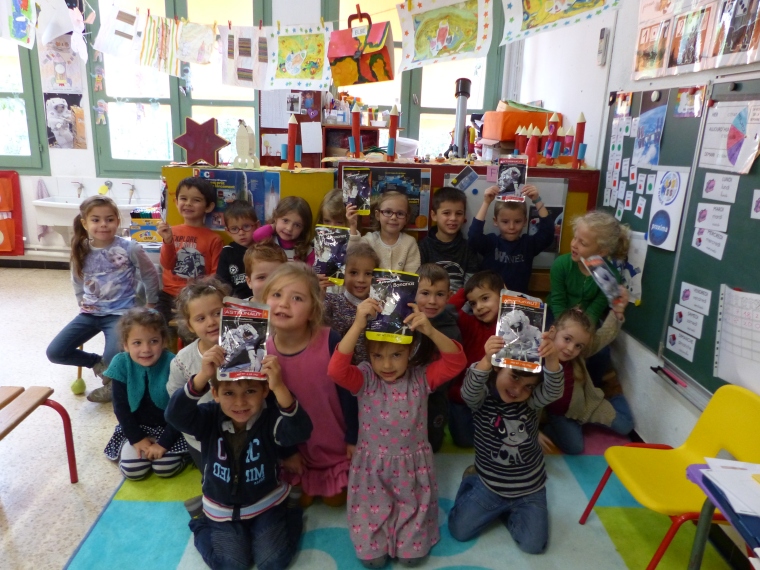
Preschool STEM : light and shadows

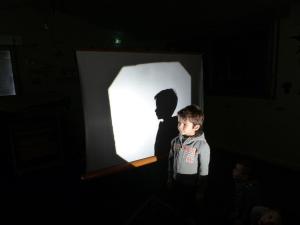



Plastic arts : AstroPlayMo ready for launch with Thomas!
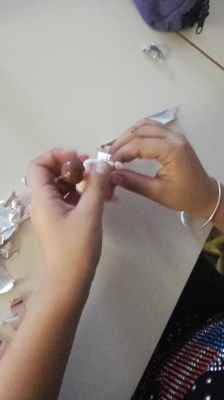





Preschool workshop preparation of space biscuits!


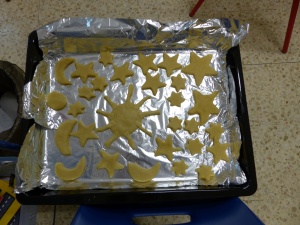





Space themed activities with children – October 2016



Space travel:
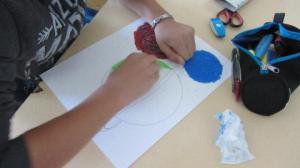


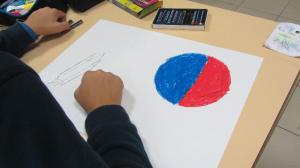
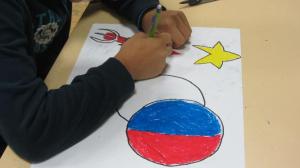

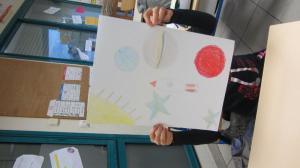





Astro Pi – young people’s code at 400km above the earth !

If you have taken a look at the recent document shared by the CNES concerning the Proxima mission of Thomas Pesquet, perhaps you’ll have noticed or read a few lines mentioning “Informatique : Astro Pi” [“Computing : Astro Pi” – pg 35]. Having among us a number of supporters of the tiny “Raspberry Pi” computer, we thought it would be interesting to give you a little information of what we already know about this project.

When they created the educationally-motivated nano-computer, the Raspberry Pi, never could the founders have imagined that they’d sell more than 10 Million of them in 41⁄2 years! They would even less, in their wildest dreams, have forseen that 2 of the little machines would be sent to the International Space Station to give the chance to young coders to have their digital and scientific experiments sent into, and run in, space! And yet, this is exactly what has happened during the “Principia” mission of the British ESA astronaut, Tim Peake.
A flight case was specially designed as well as an add-on card (“Sense HAT”) with various sensors and components. The “Astro Pi” project was born! Shortly before the lift-off of “Major Tim”, 2 Raspberry Pis nicknamed “Ed” and “Izzy” were delivered to the ISS. The first has a camera module for visible light and the second including an “infra-red” camera module.
Competitions had been organised in primary and secondary schools throughout Great Britain and the successful winners saw their code being executed in orbit by the astronaut during his mission! The organisers received lots of very original project ideas during the competition : going from reflex tests to the detection of proximity of the “inhabitants” of the Station, right up to coded music creation or the visualisation of the flag of the country which the Station was currently over via a matrix of LEDS. The sky is the limit…well, not really anymore,..imagination is the only limit!
The big news, published on the Raspberry Pi Foundation and in the “MagPi” magazine, for us, in France, and in other European countries, we will likely be able to take part in similar initiatives in coming months (and even years) to come!
Watch this space…!
And while you’re waiting, you can check out details (in English) on the Astro Pi website as well as an article in French by François “Framboise 314” Mocq “Des Raspberry Pi dans la Station Spatiale Internationale”

Alan (@tyrower)
VHF antennas setup for ARISS contact with schools
We have setup and installed the antennas that we will use for the ARISS contact with the schools in Boissieres and Saint-Dionisy in the South of France.
XQuad antenna setup with the kids:

Circular polarisation tests with a home made rotating dipole:

Gilbert F1FWX has made a remote polarisation switch (horizontal, vertical,lhcp, rhcp):

The VHF antennas with Yaesu G5500 rotor for the tests:

The next step will be to setup a Wimo WX220 antenna with 12.5dBd gain in order to handle the flip mode.
ISS HAMTV simulation with Raspberry PI
We have reached our first step in the preparation for the reception of HAMTV of the ISS: we can now demodulate and decode the video using the real ISS transport stream! We have setup two “MiniTiouner” kits (thanks to Gilbert F1FWX!) and set up an experimental DATV transmitter using a Raspberry PI3 and the excellent RPIDatv from Evariste F5OEO.
Please find below our system simulating transmission of the ISS transport stream that was transmitted during the 05/05/2016 Tim Peake ARISS contact and reception with our MiniTiouner kit:

Please find below a schematic of the setup that we will use to simulate, as well as possible, the ISS HAMTV using a Raspberry PI and RPIDatv , and also our setup for the ISS HAMTV reception:


The next step will be to use a dish and LNB for a real ISS pass.
One of our objectives is to be ready to act act as a “relay” HAMTV during the next ARISS contacts with Thomas Pesquet in order to retransmit the received video to the schools that taking part.


